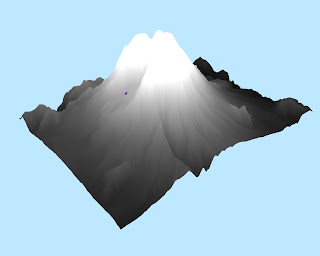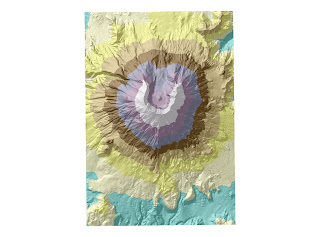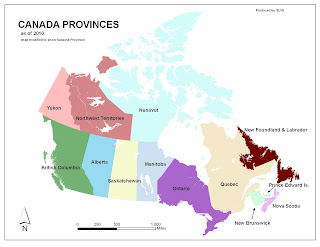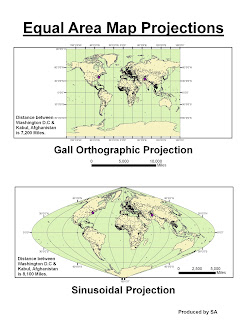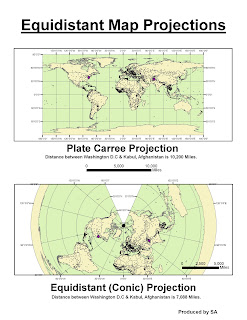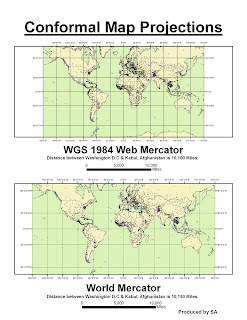
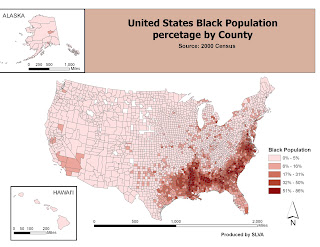
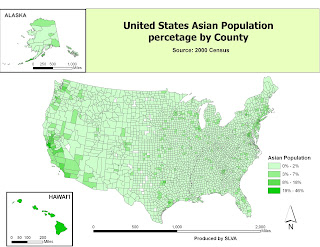
Numbers what do they mean? why are they useful? Why does it matter? People ask these whenever they look at “the Numbers”
The GIS software can translate the numbers into a visual representation - a map, that people can understand and can interpret what the “numbers” are telling us. The three maps below are a representation of 3 population groups tables (Black, Asian, and Other Race) downloaded from the United States Census website. Each map I will describe and interpret what has been produced. I will also include some of the positives and negatives that arose upon producing each map.
The United States Black population map clearly shows that majority of the Black populations are in the southern states. These include the Virginia, Carolinas, Georgia, Alabama, Louisiana, and Mississippi. The Southeastern part of the state of Texas and the Southern California also has significant black population.
The Second map focusing on the United States Asian population shows a different result. Asian populations on the map are focused more in major cities rather than focused in one region of the nation. Cities such as San Francisco and New York clearly have a large Asian population. The State of Hawaii is the only state that has a large Asian Population within its counties. Additional there are “pockets” of counties that have Asian populations of between 3% to 7% with the proximity of Portland and San Antonio.
What is titled the United States “Others Races” population map should be retiled to United States Mixed with Hispanic Population. The biggest clue is the focus of the Hispanic populations in the States of California New Mexico Arizona and Texas. Information from the media and internet have shown the increase in population of this ethnic group within these states. What can be concluded is a possibly that the population in this third map of “Other Races” could be the mixing of other races with the Hispanic population which therefore produces a population that is “Mixed with Hispanic blood”.
More analysis would be needed however to verify the data.
Creating these three population maps created some new challenges in working with the GIS software. First retrieving of the Data and modifying it so that the GIS could merge and translate it into a map. The population data from the Census website contained data that was not needed. It became necessary to delete the unwanted data and modifying the headers. What I discovered was the importance of keeping spelling correct or face error results from the GIS when joining the data to the shape file. This did take some trial and error but eventually the results were produced. In addition there are “gaps” in the maps. This may be due to counties that may have no data on the specific race or could be an unincorporated county. The GIS software must be told exactly what to do and must match it to data this is time consuming but must be done for the GIS to work properly. The second challenge in making the map is the integration of the states of Alaska and Hawaii. Problems of setting the data frame with the map, having correct coordinate system, and carefully setting the scales for the additional two maps. The result is a balanced map that shows all the information on different race populations of the fifty states of the United States, which other people can understand and gain knowledge from.
